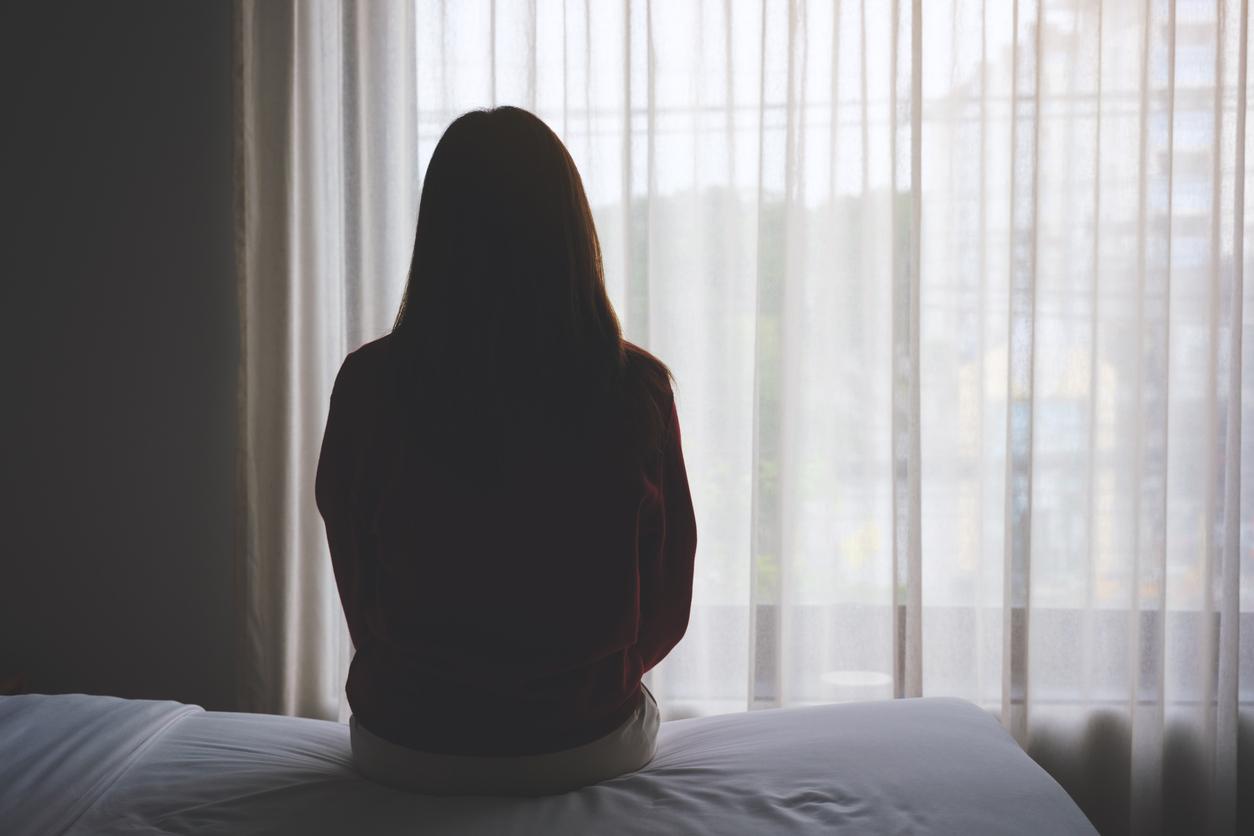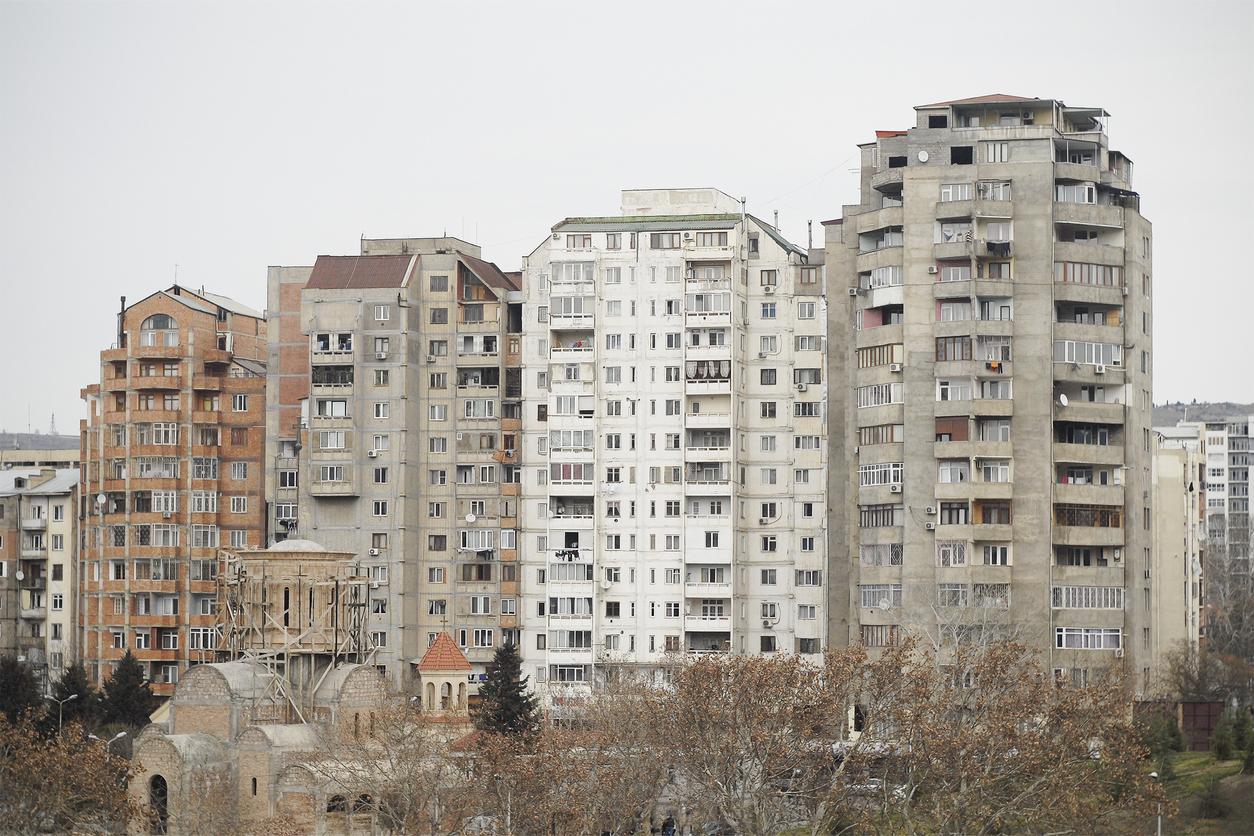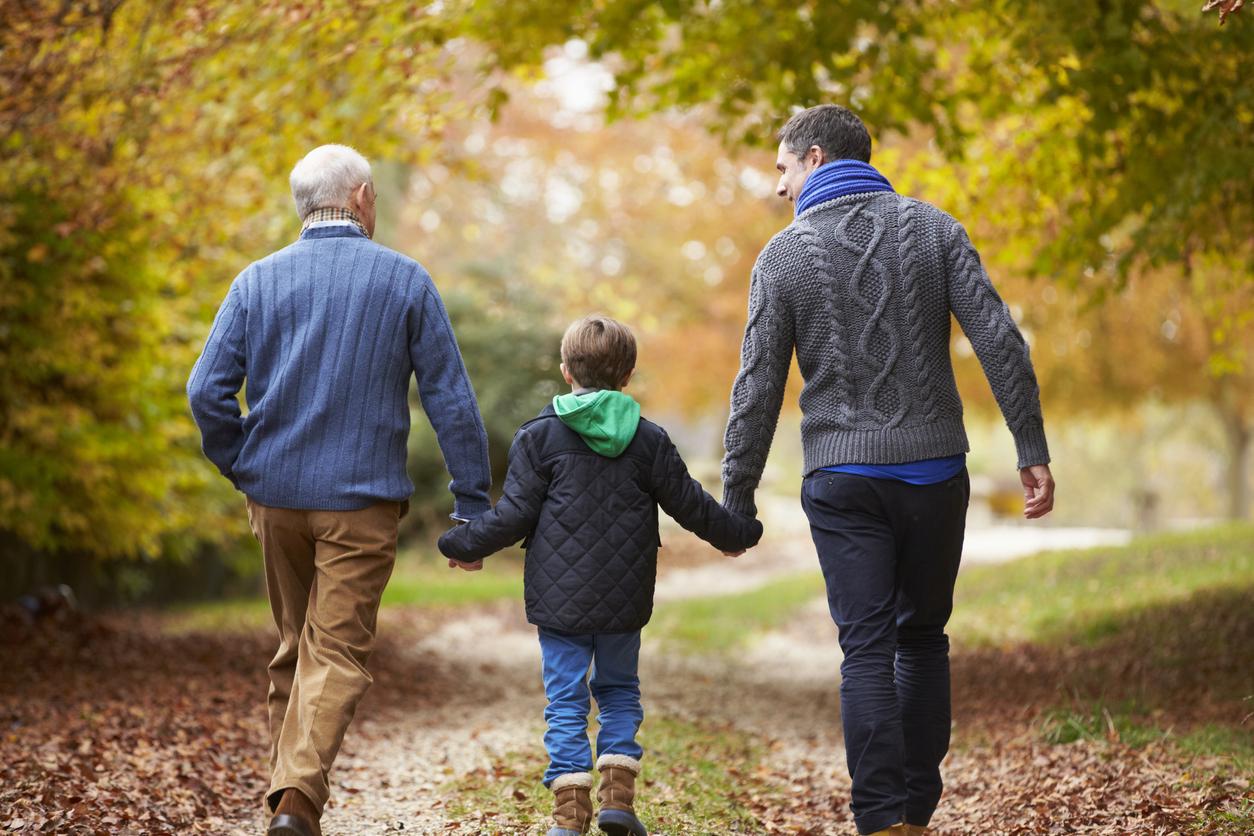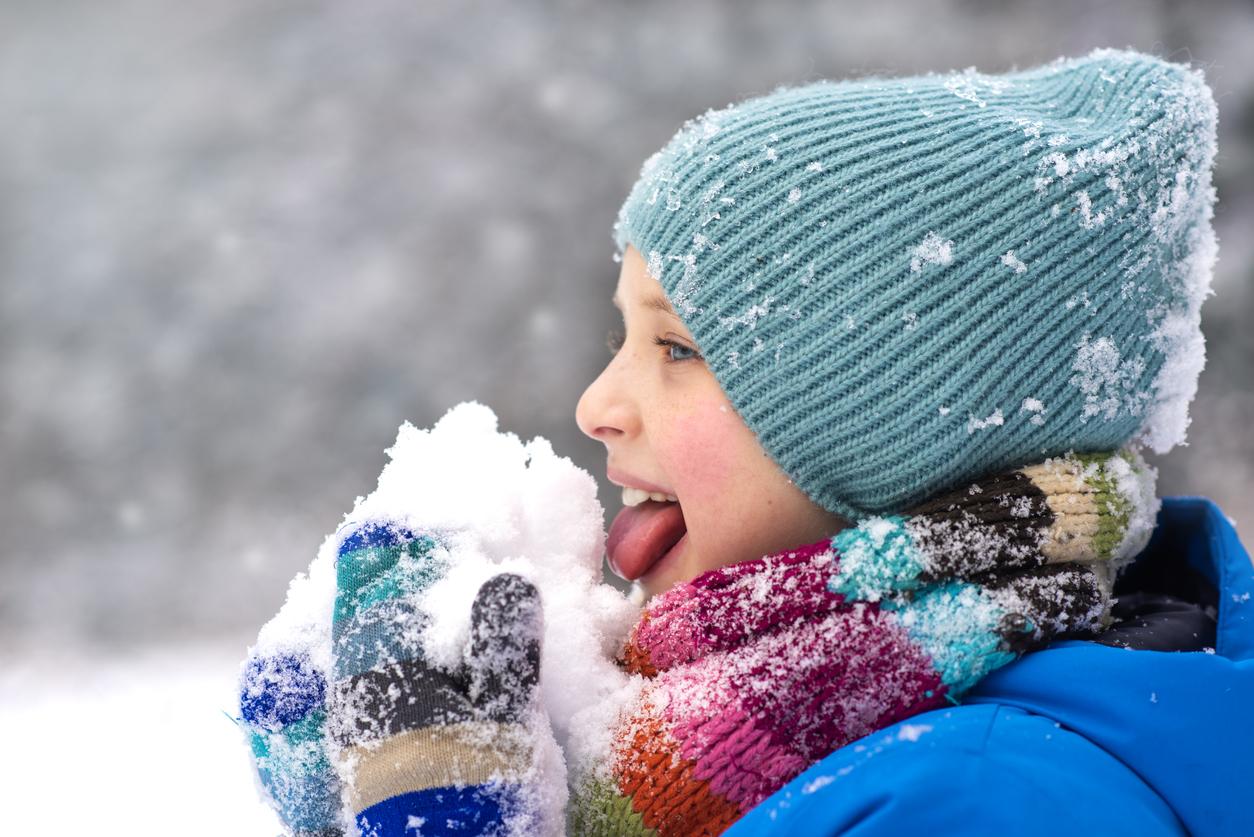Very useful during this summer period, the “baignades.gouv” site allows holidaymakers and people living near bathing areas to find out about the sanitary quality of the water.
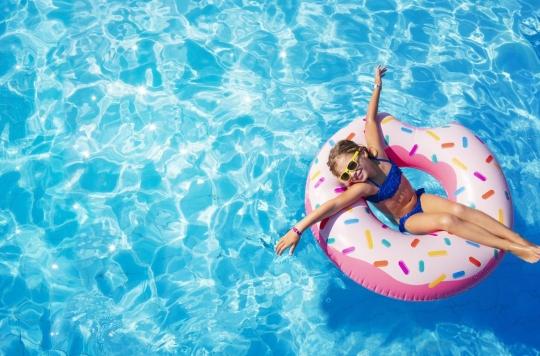
- Since 2013, the method provided for by Directive 2006/7/EC for calculating the quality of bathing water has come into force.
- One of the following 4 quality classes is assigned to the bathing water: “excellent”, “good”, “sufficient” or “insufficient”, depending on the results of the analyzes obtained during the last 4 seasons.
91.7% of French bathing sites are of good or excellent quality, according to the Directorate General for Health (DGS).
“The results of the microbiological analyzes carried out during the 2020 bathing season on 3,328 bathing sites (1,278 in fresh water and 2,050 in sea water) show that nearly 91.7% of the sites are of excellent or good quality, with improved water quality since 2013”, specify the experts in a press release.
78 poor quality aquatic sites
In 2020, of all the sites listed, 2.3% were classified as insufficient quality, i.e. 78 sites. These results show a slight improvement compared to 2017 (2.4% of insufficient quality, i.e. 79 sites out of 3,353 in total) and an increase compared to 2019 (2.1% of insufficient quality, i.e. 72 sites out of 3,348 in total).
The results of microbiological analyzes published in real time throughout the summer season on the baines.gouv website allow holidaymakers and people living near bathing areas to find out about the sanitary quality of the water.
Dirty water can cause disease
Degraded water quality can lead to health problems, most often benign, through skin contact or ingestion. When bathing in dirty water, it is for example possible to contract gastroenteritis, mycosis, dermatitis or even an eye infection.

.










